Disclosure: Links with a * are affiliate links.
Before we make it out of hosiery season for another year, it’s time to finally wrap up my 6-part series on natural and sustainable hosiery fibres. To date, I’ve covered five different plant-based or animal-based fibres: silk, bamboo, cotton, wool and cashmere. Each of those has some fabulous benefits, both in terms of wearability and sustainability, but natural hosiery as a whole also has its downsides.
For one thing, both silk and cashmere are very expensive. Many natural-fibre hosiery products also have a ‘grainy’ look to them instead of being perfectly smooth and solid, which you might like or you might not. They’re harder to find in patterned styles, too. And most natural hosiery is at least semi-opaque – only silk hosiery is available in very sheer styles, and again, that’s going to set you back significantly more than most sheer nylon hosiery.
So what to do when you want, say, a pair of sheer tights that won’t break the bank but you also want to shop sustainably? That’s where we get to the two man-made eco-friendly hosiery options I’m going to talk about today: recycled hosiery, and biodegradable hosiery.
Recycled Tights
Most modern hosiery is made from nylon (sometimes labelled as polyamide), which is a plastic. And like many other plastics, it can be recycled. This might be from pre-consumer waste (such as the offcuts from existing hosiery production, which are regenerated into a new yarn and used to make Charnos’ Re, Cycled collection), or post-consumer waste such as discarded nylon fishing nets. While nylon is the most relevant material to mention when discussing hosiery, many other fibre types can of course be recycled too – the Eco Warm Tights by Rachel for example include both recycled cotton and recycled polyester.
Generally speaking, nylon isn’t biodegradable (although more on that in the next section!). That means that even recycled nylon hosiery isn’t super sustainable – especially considering that once the nylon has been blended with elastane, as is required to give hosiery its stretch, those two materials can’t feasibly be separated. So you can’t turn old nylon tights into new nylon tights in an endless cycle.
However, recycled nylon is at least more eco-friendly than virgin nylon. It requires less water in its manufacturing process, produces comparatively less CO2, and of course, keeps the waste nylon it’s made with from clogging up our oceans or going straight to landfill.

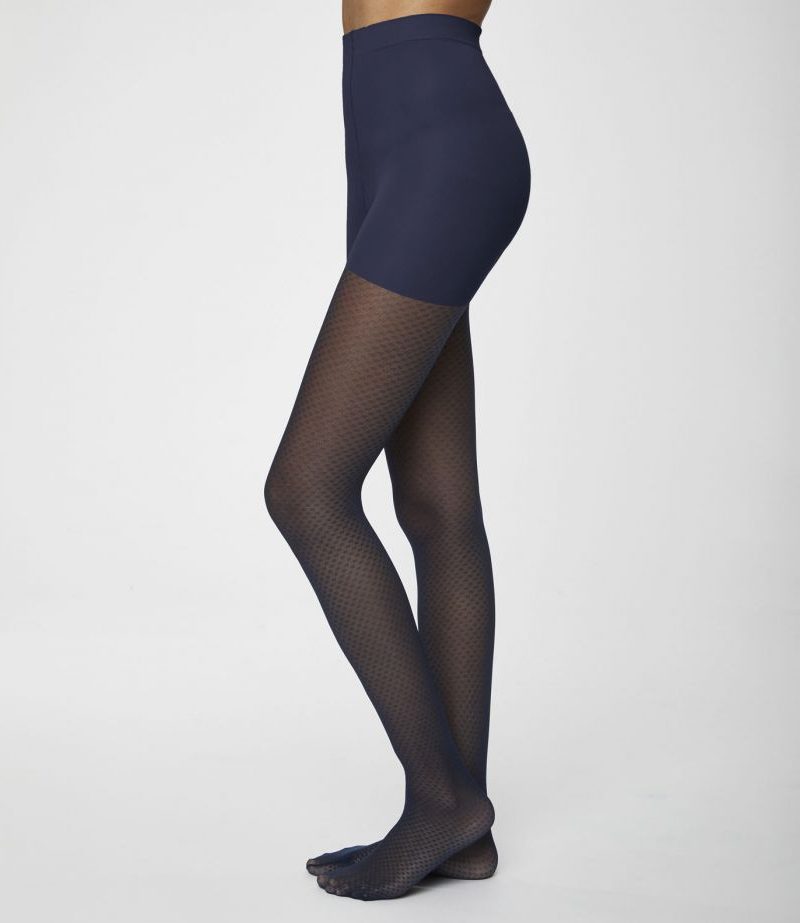
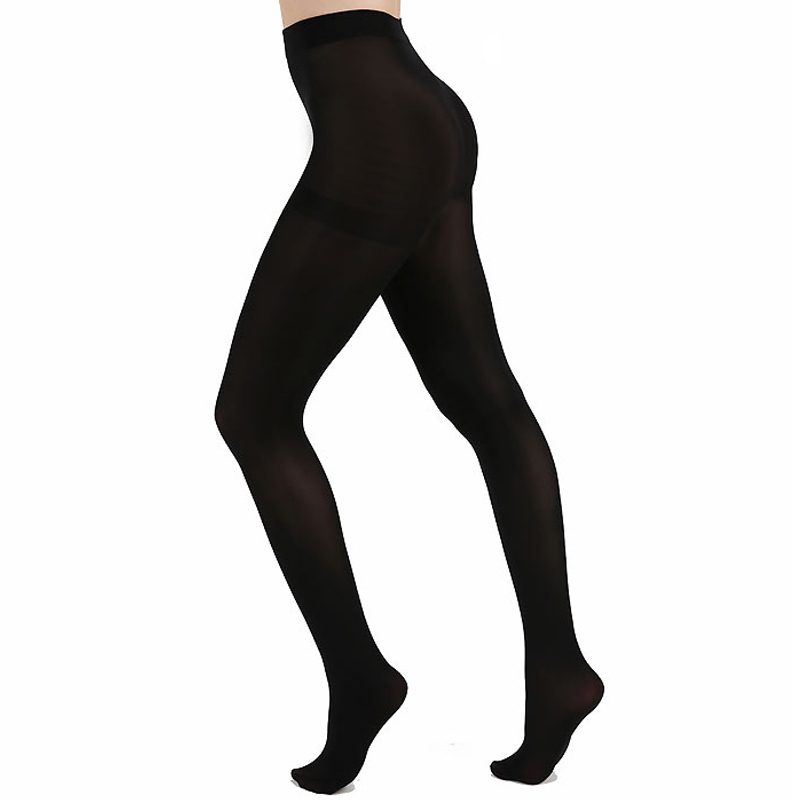


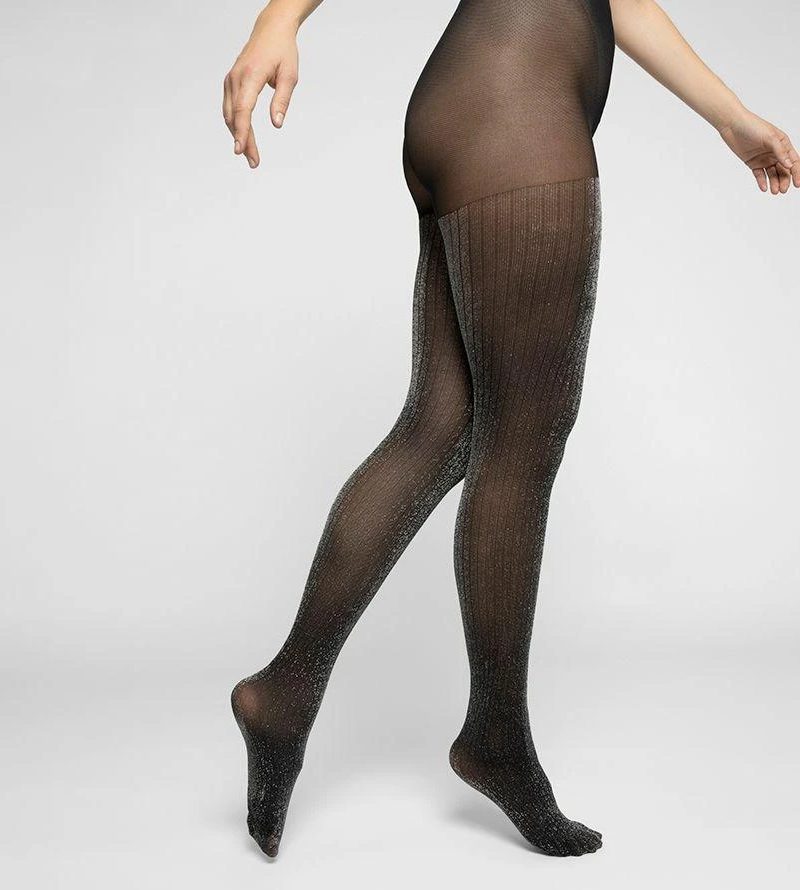

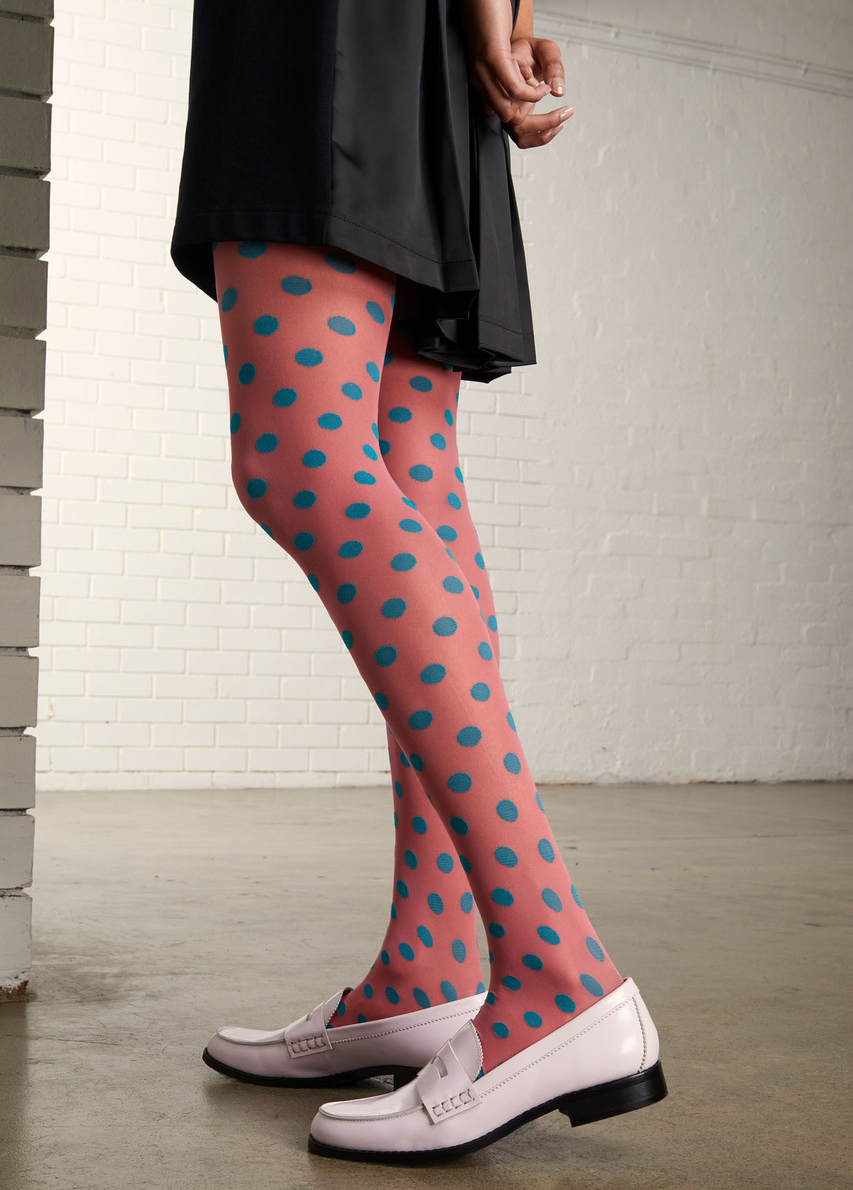
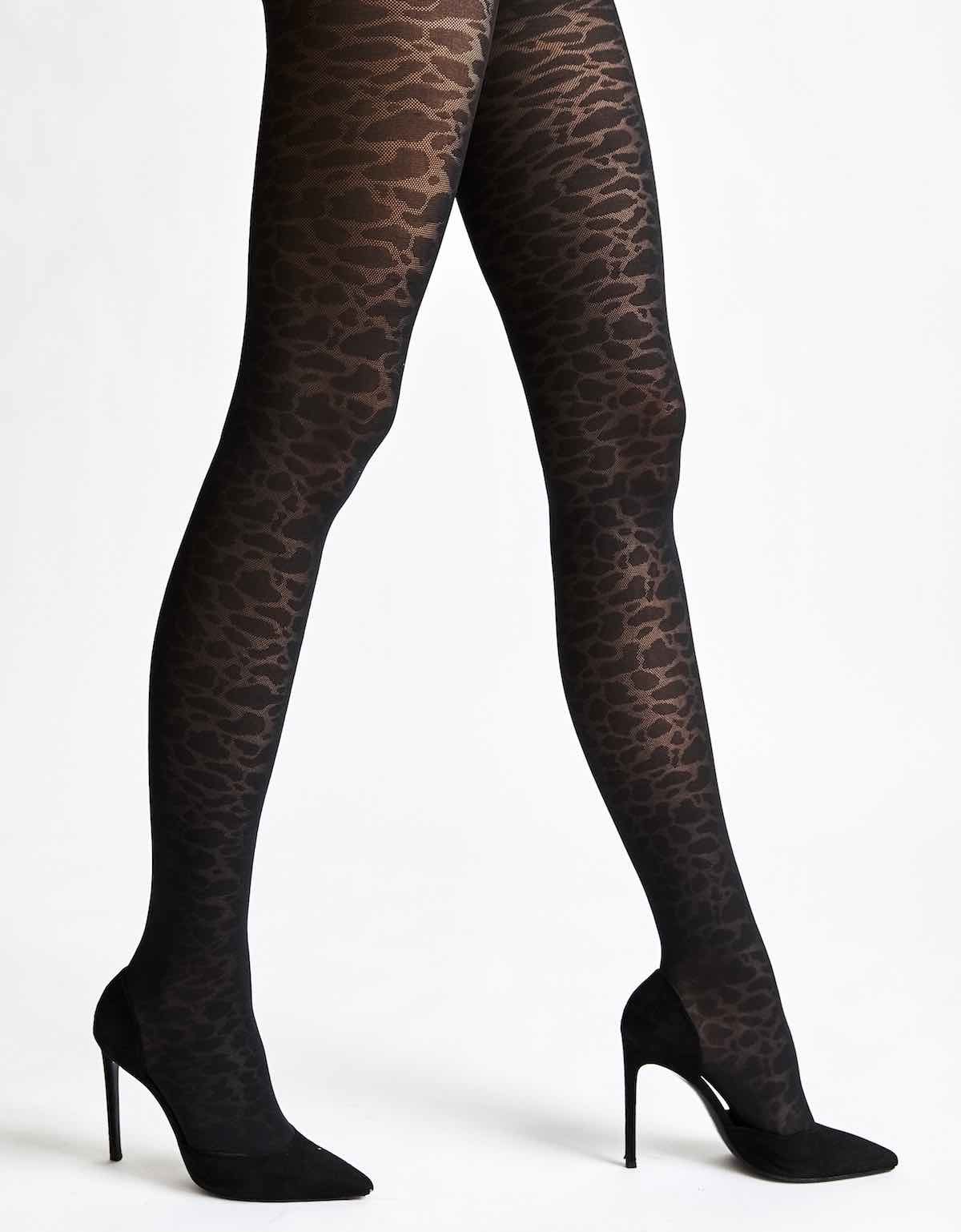
Biodegradable Tights
Is the idea that your recycled nylon tights will take decades to break down at the end of their lifespan still putting you off? Then here’s another option that has only become available very recently, but which has already been picked up on by multiple brands to create their hosiery: biodegradable polyamide.
Amni Soul Eco® is “the world’s first biodegradable polyamide 6.6 yarn… [which will] quickly decompose after being disposed in landfills”. It can also be recycled. Usually, synthetic fibres have a structure that doesn’t allow bacteria to easily penetrate them; Amni Soul Eco® is different. Its composition allows bacteria to digest it, meaning it breaks down in landfill in around 5 years.
It’s important to mention that being biodegradable doesn’t mean the tights are going to start decomposing while you’re wearing them, or attract bacteria! The biodegradation process won’t kick in until they’re placed under a specific set of conditions – no oxygen, high humidity, and a high concentration of the anaerobic methanogenic bacteria type that’s found in landfill. That does mean that these tights are not compostable, where oxygen is involved; it’s actually better for the environment to send them to landfill so that they decompose quickly as they’ve been designed to.
All of the products featured below incorporate Amni Soul Eco® yarn.

How to Recycle Your Old Hosiery
If you haven’t chosen a pair of biodegradable tights, then how do you dispose of them in a planet-friendly when they become too old or damaged? Swedish Stockings runs a recycling program, accepting any synthetic hosiery (not just nylon) by any brand. They’ll grind it down and turn it into filler material for fiberglass tanks – although in the past, they have also collaborated with a furniture designer to produce some rather chic little tables too! You will need to cover shipping costs to Sweden, but at least you’ll be keeping your hosiery out of landfill.
I’d love to hear from you about which option most appeals to you, or which you believe to be the most sustainable – recycled hosiery, biodegradable hosiery, or natural-fibre hosiery? Add your thoughts in the comments section below!
More in this hosiery fibre series:
Silk Hosiery: 14 Silk Stockings, Tights & Hold Ups
Cotton Hosiery: 20 Cotton Tights, Stockings & Hold Ups
Bamboo Hosiery: 11 Pairs of Bamboo Tights
Wool Hosiery: 21 Wool Tights, Stockings & Hold Ups
Cashmere Hosiery: 16 Cashmere Tights & Hold Ups


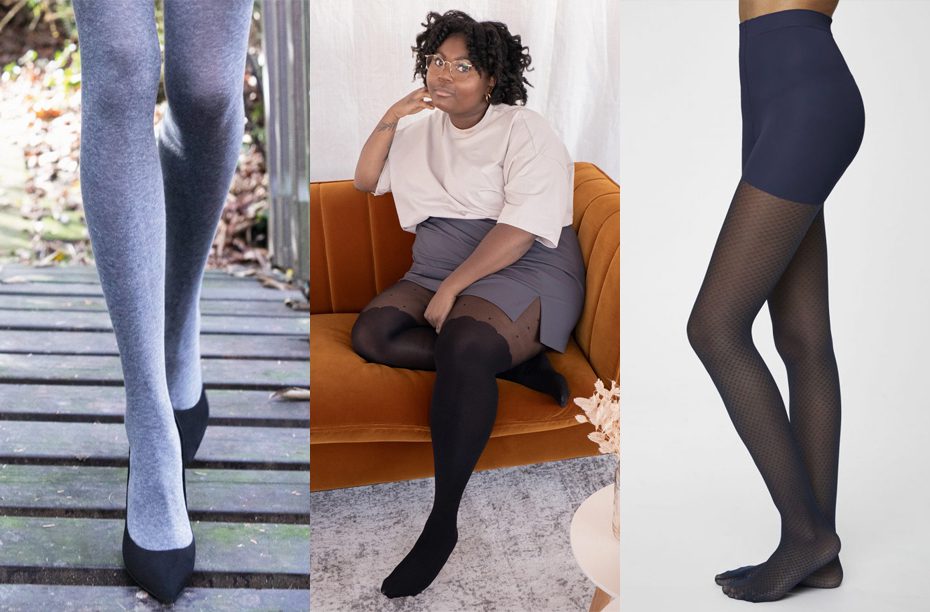

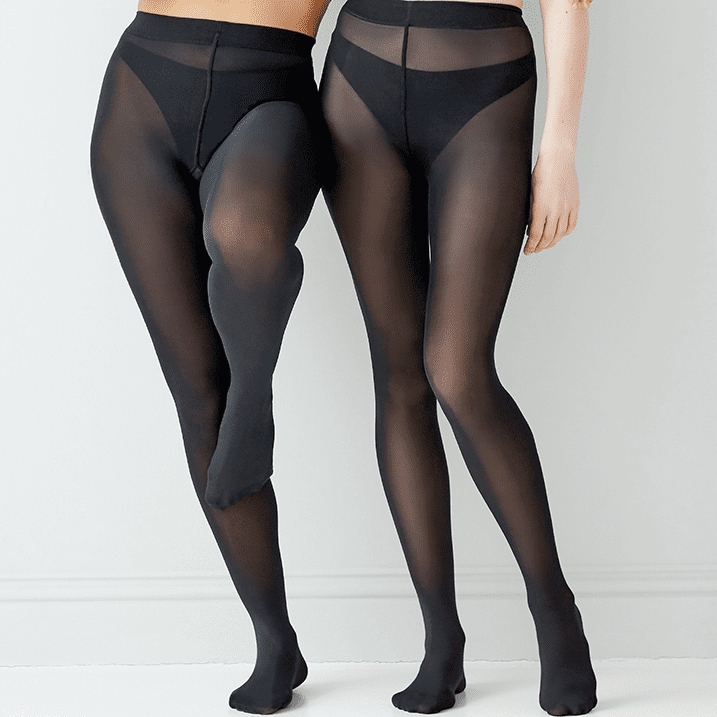

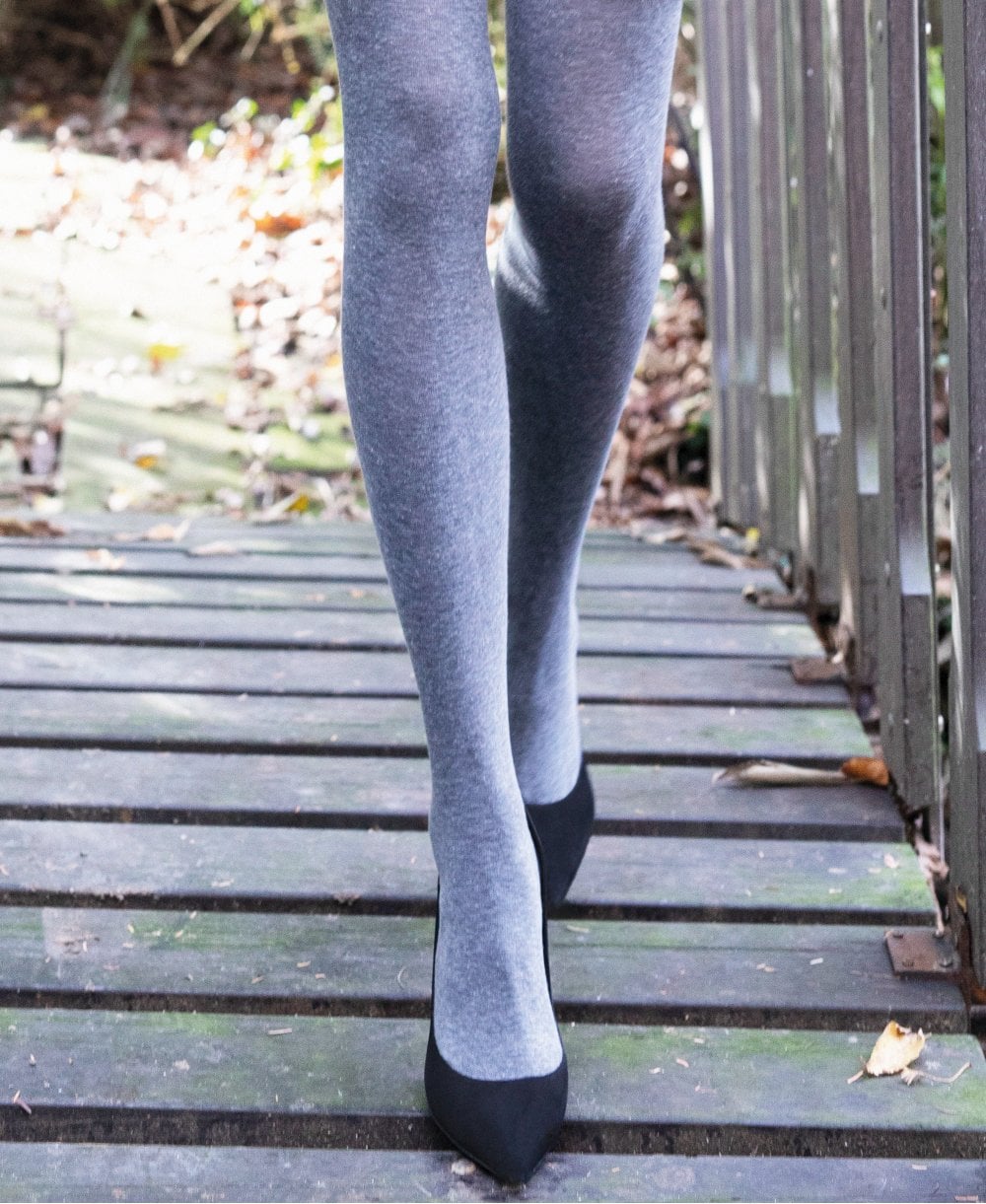

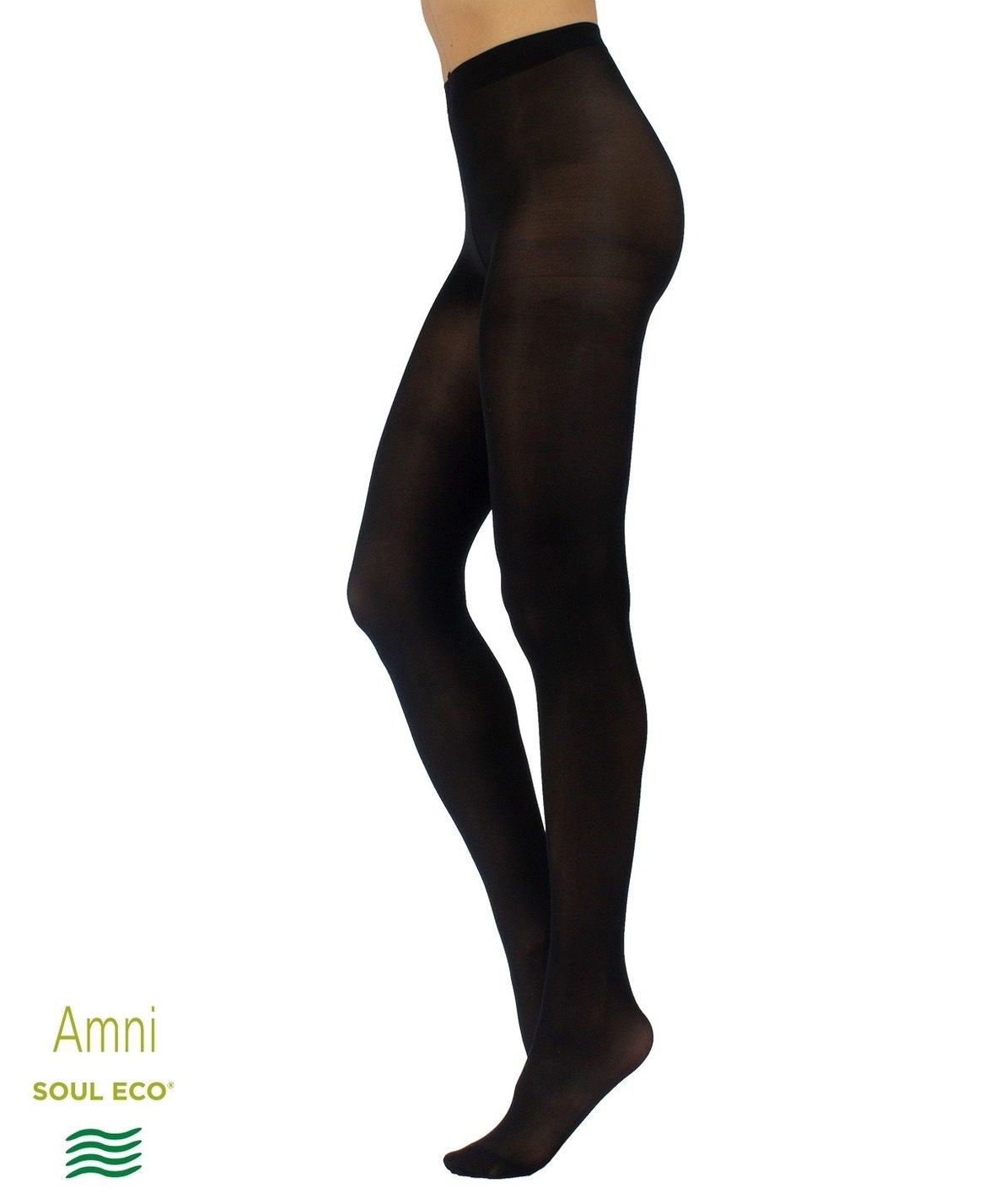
1 comment
Another way to recycle hosiery is to send it to Recycled Crafts. They use them for craft projects. Email recycledcrafts@live.com for donation information